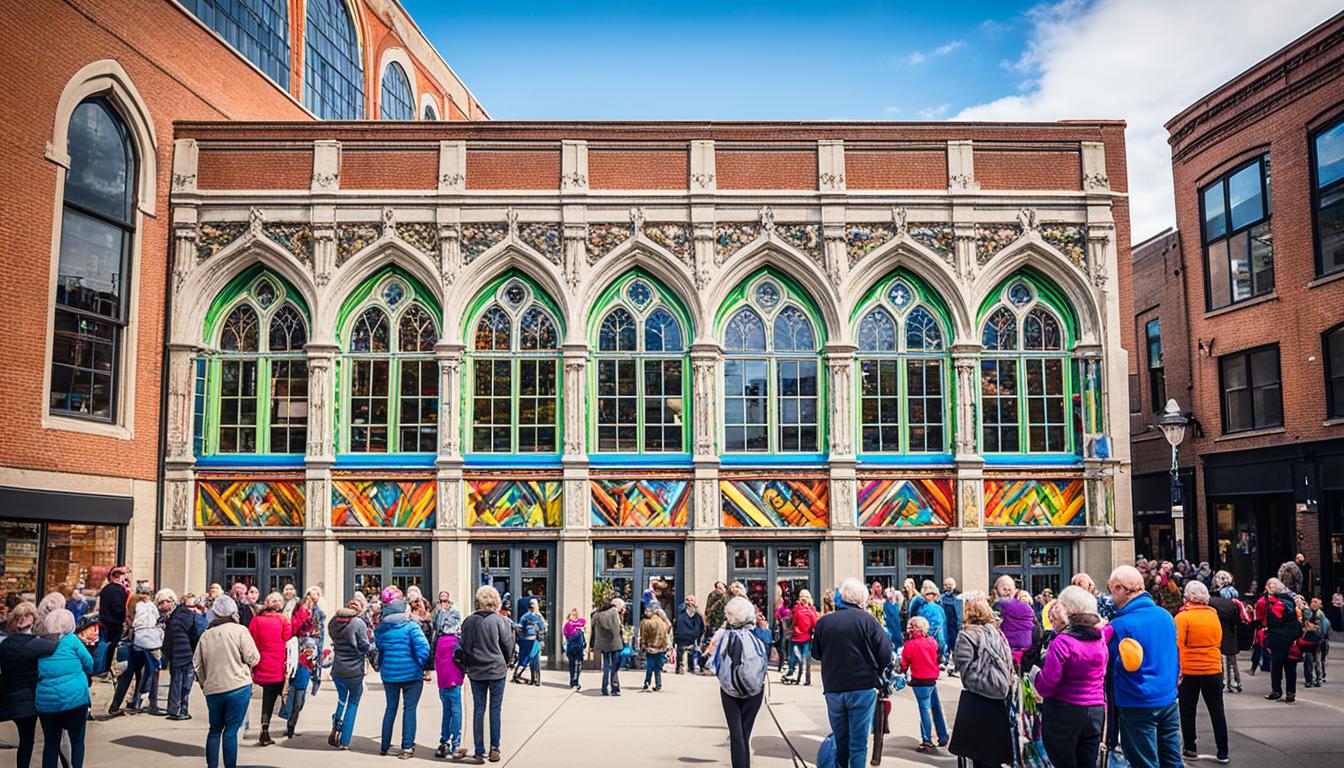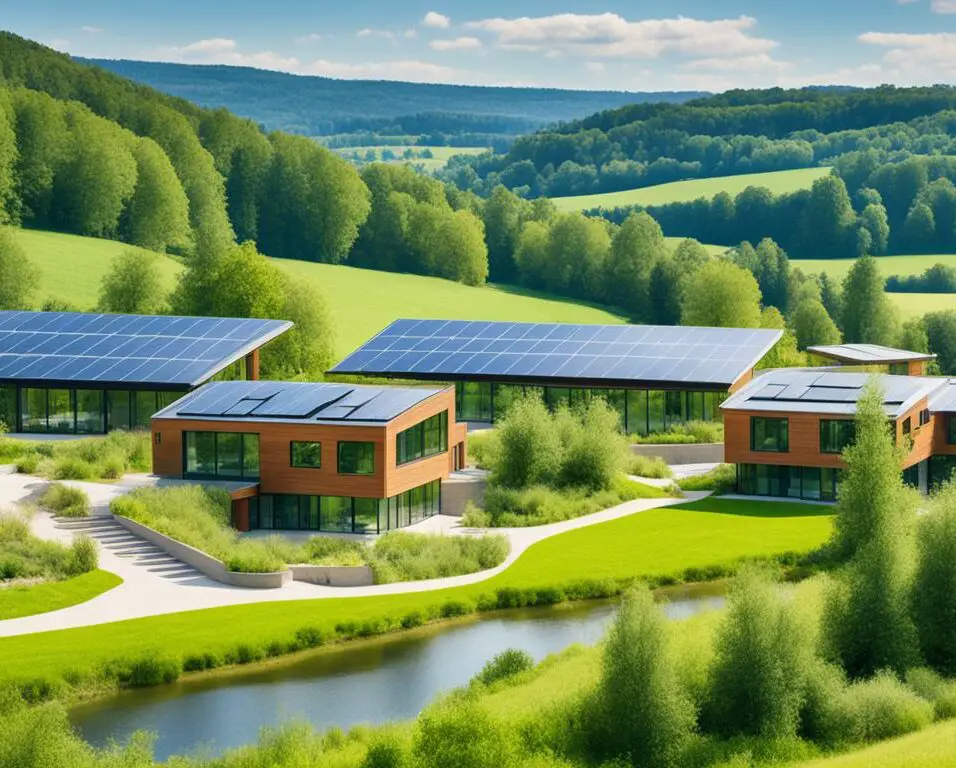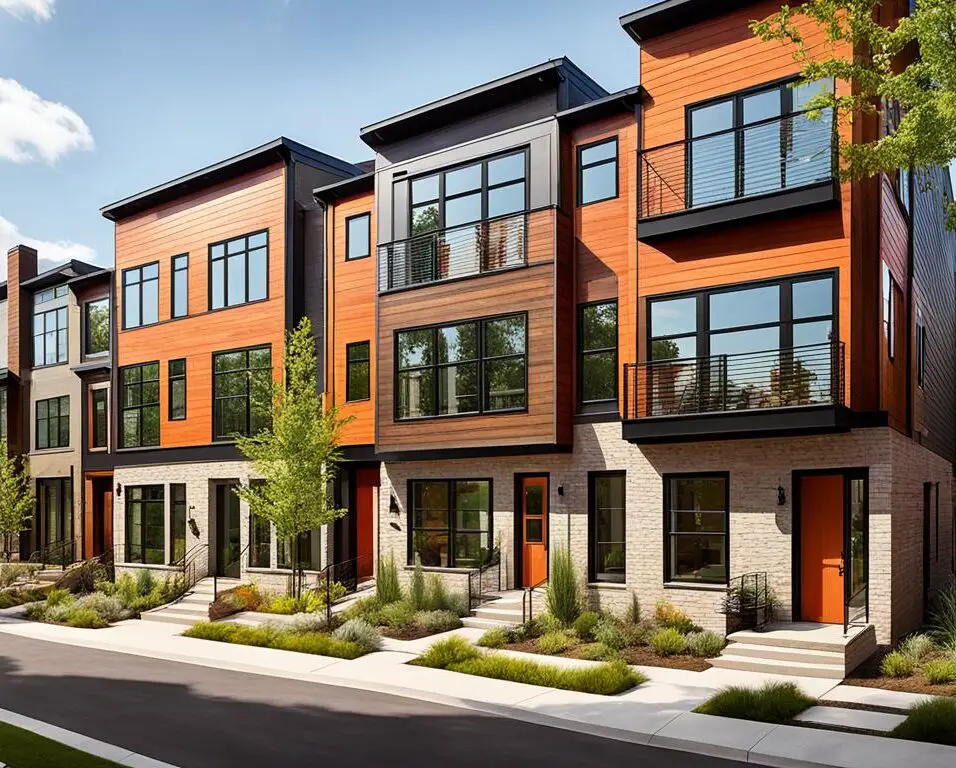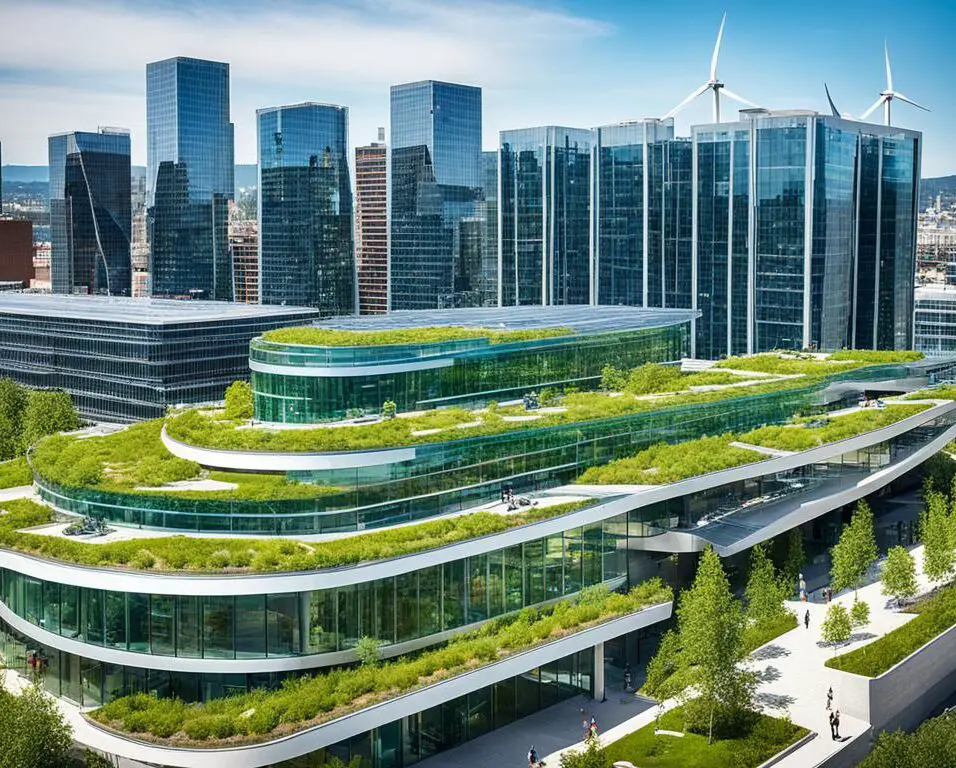Adaptive Reuse Projects: Giving Old Buildings New Life
Have you ever walked past an old, dilapidated building and wondered what could be done with it? That’s where adaptive reuse projects come in. By transforming old buildings into new and functional spaces, these projects breathe new life into forgotten structures, preserving their historical value while meeting the needs of modern society.
Adaptive reuse has become increasingly popular in recent years, not only as a way to revitalize communities but also as a sustainable approach to development. Instead of tearing down old buildings and adding to the waste stream, adaptive reuse projects repurpose existing structures, reducing the demand for new construction materials and minimizing environmental impact.
These projects offer a multitude of benefits. By revitalizing old buildings with historical significance, adaptive reuse preserves the history and heritage of a community. These repurposed structures become landmarks, contributing to the unique identity and charm of the area. Additionally, adaptive reuse projects often spark social and economic revitalization, attracting businesses, residents, and tourists to the community.
Adaptive reuse can also be more cost-effective than new construction. Existing structures provide a solid foundation, and there may be tax incentives or grants available for their renovation. This makes adaptive reuse not only a sustainable choice but also a smart financial decision.
There are countless examples of successful adaptive reuse projects around the world. From the transformation of an abandoned elevated railway into the iconic High Line in New York City to the conversion of a coal-fired power station into The Boiler, a vibrant contemporary art museum in London, these projects demonstrate the incredible potential of adaptive reuse to transform old buildings into functional and unique spaces that serve the needs of modern society while preserving their historical and architectural value.
Key Takeaways:
- Adaptive reuse projects transform old buildings into new and functional spaces.
- These projects preserve the history and heritage of a community.
- Adaptive reuse promotes sustainability by reducing waste and minimizing environmental impact.
- These projects contribute to the social and economic revitalization of communities.
- Adaptive reuse can be more cost-effective than new construction.
Benefits of Adaptive Reuse Projects
Adaptive reuse projects offer numerous benefits to communities and the environment. By breathing new life into old buildings with historical significance, these projects help preserve the history and heritage of a community. These revitalized structures become landmarks that contribute to the unique identity of the area.
Furthermore, adaptive reuse projects promote sustainability by reducing the demand for new construction materials and minimizing the environmental impact associated with demolishing old buildings. Instead of tearing down and starting from scratch, adapting and repurposing existing structures reduces waste and conserves resources.
Additionally, adaptive reuse projects have a positive impact on community revitalization. By transforming old buildings into functional and attractive spaces, these projects attract businesses, residents, and tourists to the area. This economic activity contributes to the growth and prosperity of the community, creating opportunities for employment, investment, and cultural enrichment.
Moreover, adaptive reuse projects can be more cost-effective compared to new construction. Existing structures provide a solid foundation, reducing the need for extensive site preparation and infrastructure development. Additionally, there may be tax incentives or grants available for the renovation of old buildings, making adaptive reuse a financially viable option.
Overall, adaptive reuse projects offer a sustainable and economically advantageous approach to revitalizing communities, while preserving the historical and architectural value of old buildings.
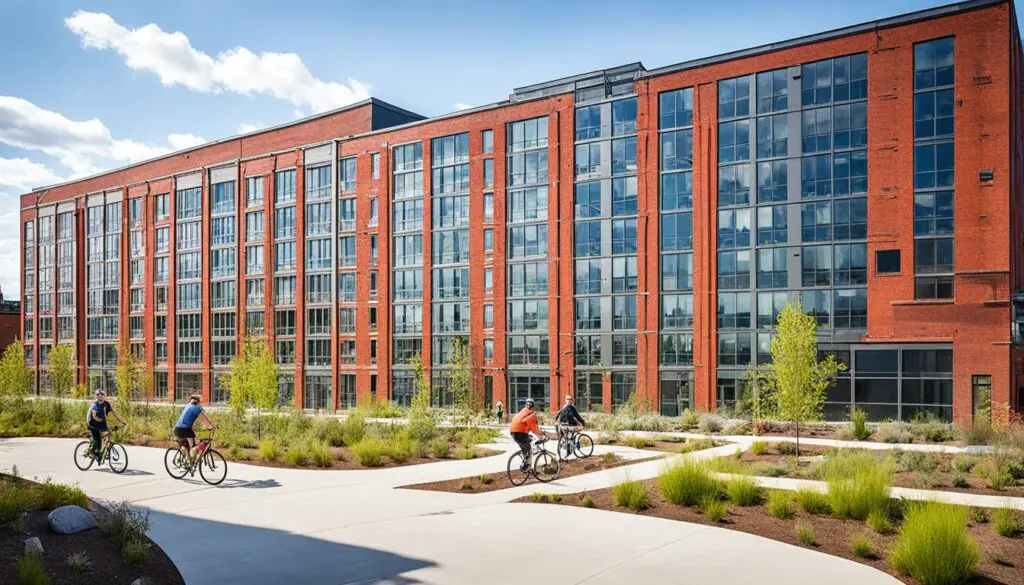
Case Study: The High Line in New York City
The High Line in New York City is a prime example of a successful adaptive reuse project. This elevated railway, originally built in the 1930s, fell into disuse and faced the threat of demolition. However, a community-driven initiative transformed the abandoned railway into a stunning public park. Today, the High Line is not only a green oasis in the heart of the city but also a major tourist attraction. Its adaptive reuse has revitalized the surrounding neighborhoods, attracting businesses and residents, and creating a vibrant urban environment.
Case Study: The Boiler in London
The Boiler, located in London’s Tate Modern, exemplifies the transformative power of adaptive reuse projects. This contemporary art museum was once a coal-fired power station. The building’s industrial heritage has been beautifully preserved, with the massive turbine hall now serving as a spectacular exhibition space. The Boiler showcases how old buildings can be repurposed to house new functions while retaining their architectural character and adding to the cultural fabric of a city.
Case Study: Treasury Casino in Brisbane
The Treasury Casino in Brisbane, Australia, is another remarkable example of an adaptive reuse project. This iconic building, originally a government Treasury, has been transformed into a thriving entertainment venue that combines history and luxury. The adaptive reuse of this heritage structure has not only preserved its historical significance but also contributed to the economic revitalization of the surrounding area, attracting visitors from near and far.
Examples of Successful Adaptive Reuse Projects
There are numerous inspiring examples of successful adaptive reuse projects from around the world that demonstrate the transformative power of these initiatives. One notable example is the High Line in New York City. This once-abandoned elevated railway was transformed into a vibrant public park, offering a unique green space in the heart of the city. The High Line showcases how adaptive reuse can seamlessly blend history, nature, and urban development.
Another remarkable example is The Boiler in London. This contemporary art museum was creatively repurposed from a former coal-fired power station. Now, it stands as a testament to the marriage of art and industrial heritage, attracting visitors from all over the world. By breathing new life into a disused building, The Boiler exemplifies how adaptive reuse projects can create spaces that foster creativity and cultural appreciation.
In Australia, the Treasury Casino in Brisbane serves as an excellent example of turning a historic government building into a thriving entertainment venue. This adaptive reuse project successfully transformed the old building, preserving its architectural grandeur while meeting the needs of a modern entertainment hub. The Treasury Casino showcases how old buildings can be transformed into functional and unique spaces that contribute to the social and economic vitality of a city.
These examples of successful adaptive reuse projects highlight the immense possibilities that exist for transforming old buildings and structures. They serve as a source of inspiration for architects, designers, and communities looking to breathe new life into unused or historically significant spaces. Through intelligent and innovative transformations, adaptive reuse projects can successfully meld the old with the new, creating functional and sustainable spaces that honor the past while embracing the needs of the present.



